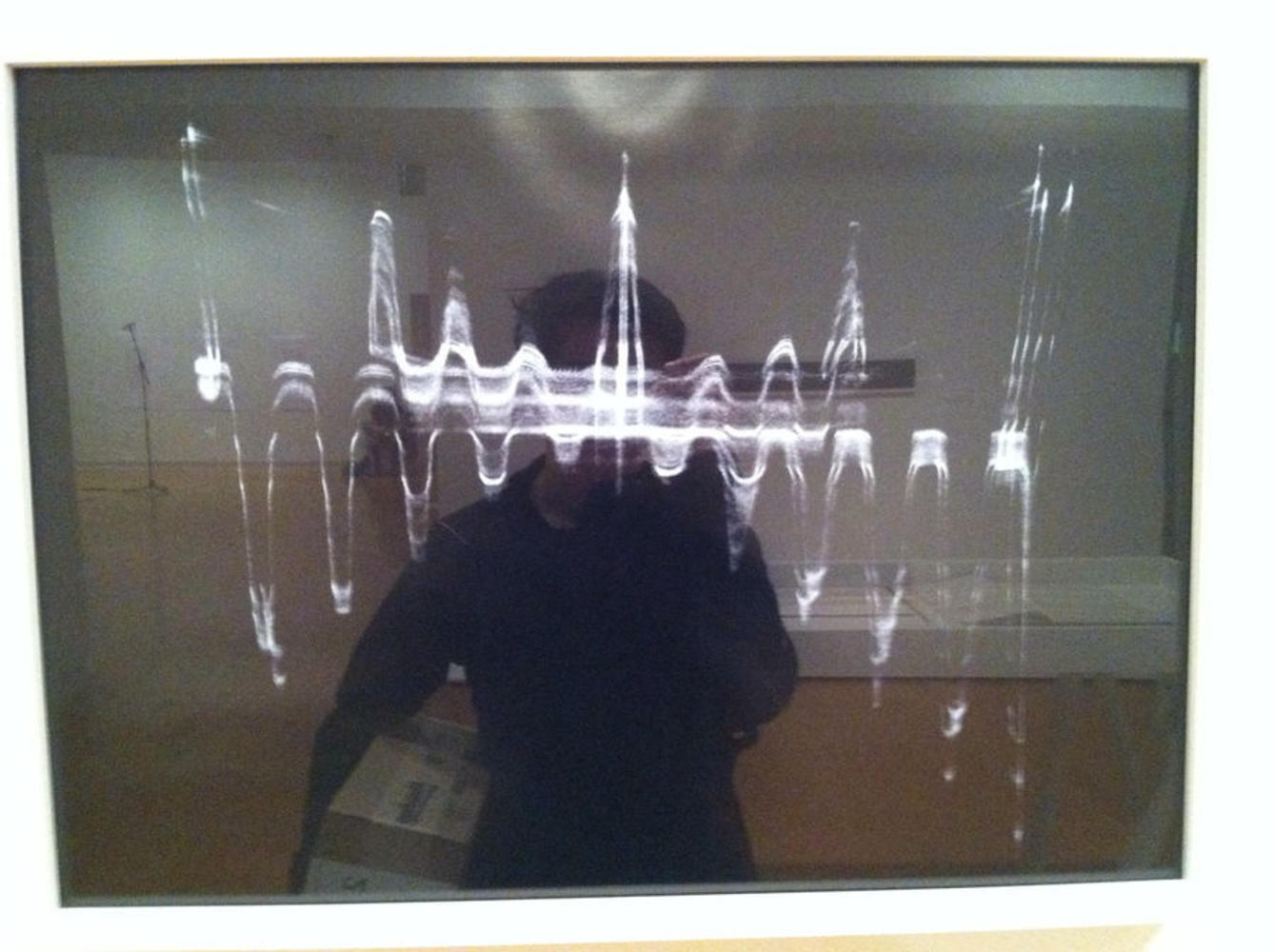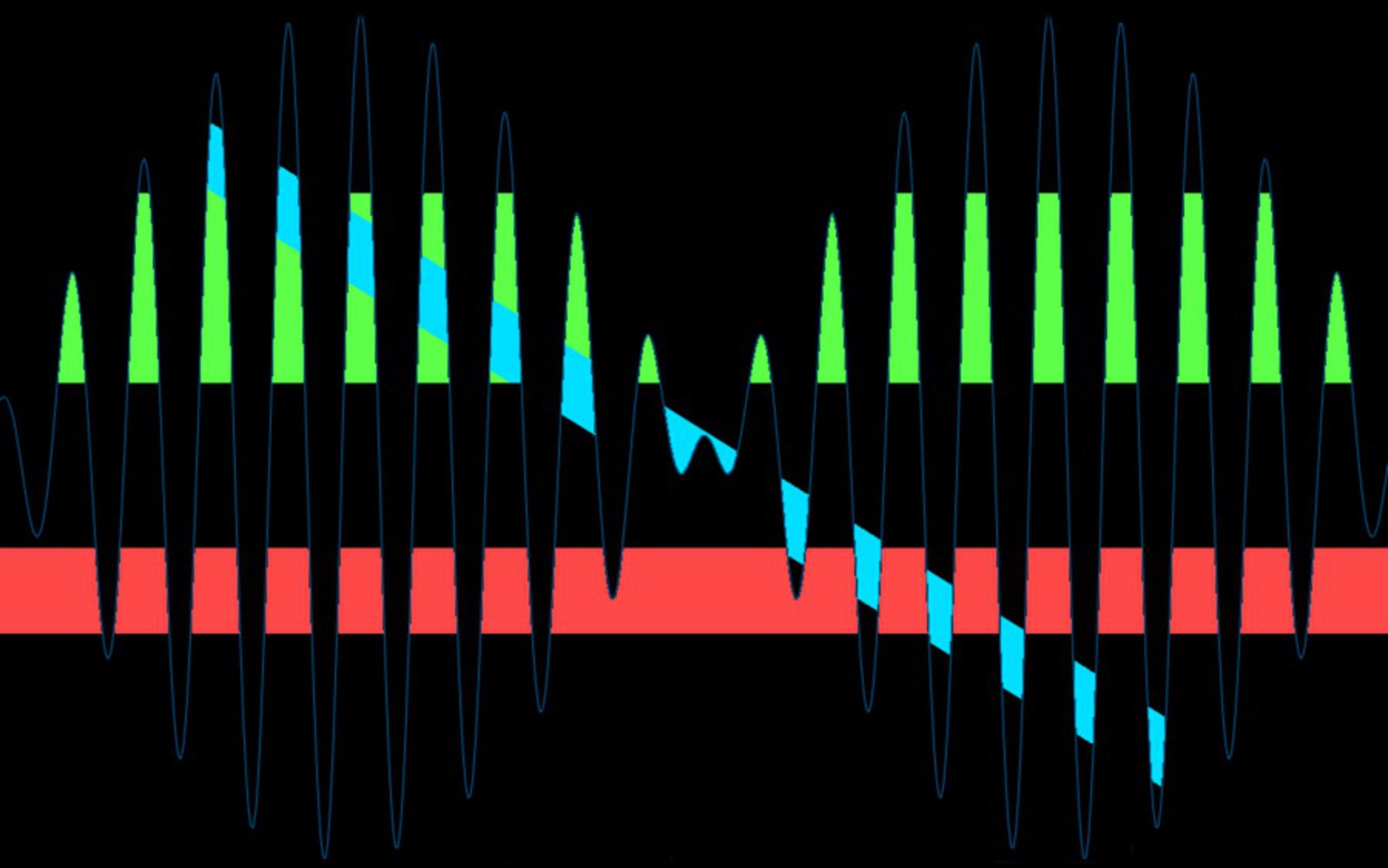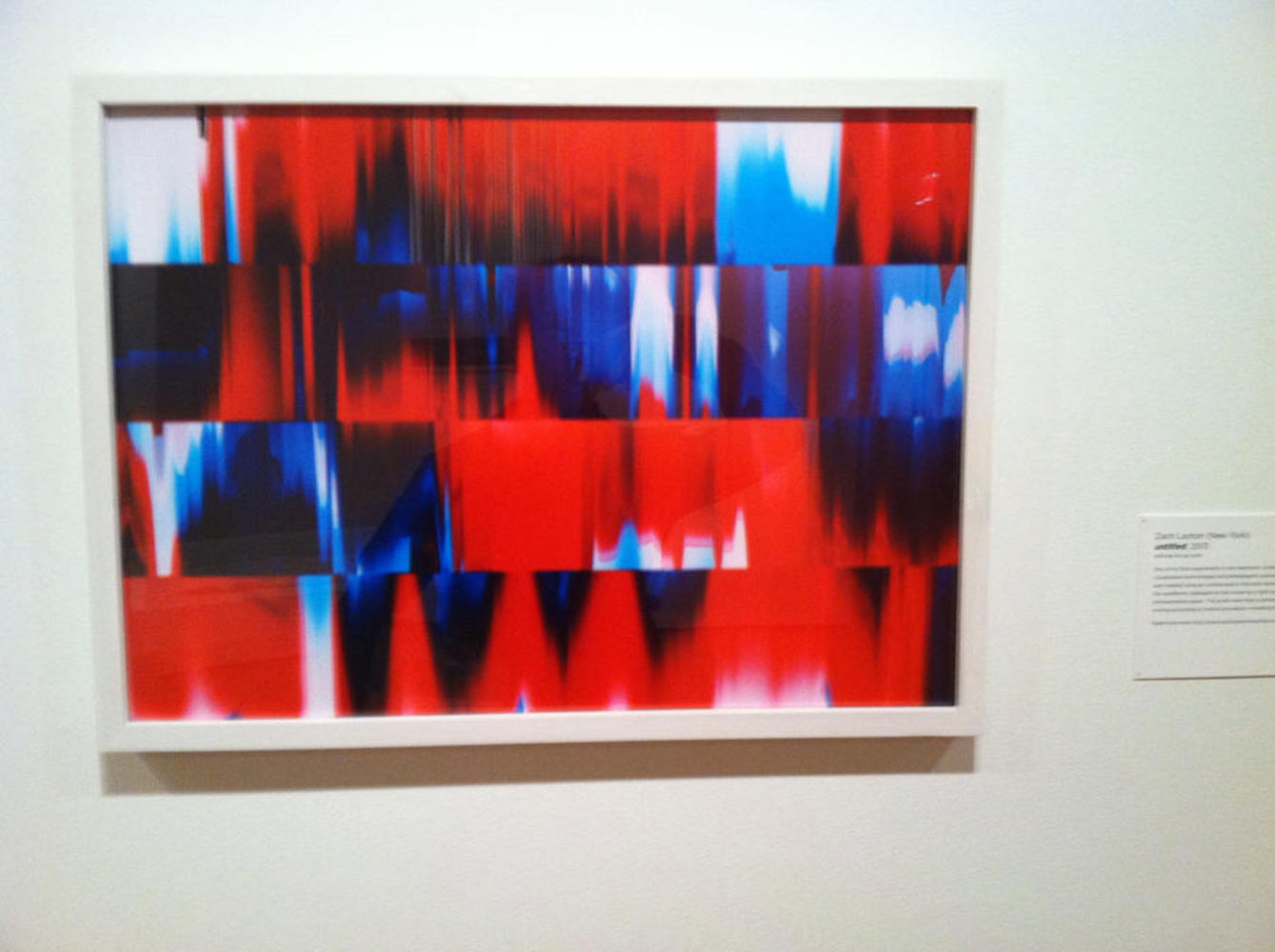Work: I chose to do Sonic X-Ray 2 (mothra) by Zach Layton. I found this particular image compelling for several reasons. First, as an engineer, I tend to be more fascinated by art with a more “practical” side, rather than those pieces that simply reflect the artists skills or thoughts. Secondly, I was somewhat attracted this work because it wasn't a typical painting, it was made using techniques not typically associated with art, and I don't think it'd be something I'd see in a typical art gallery. Surely, one would be hard pressed to find a similar gallery and similar piece at a non-CMU university.
Outcome
Experience and Response:
Though initially, this particular piece didn't give me much of an impression. However, after looking closer, I realized that this had quite a bit to do with some of my personal experiences. This past summer, I was doing my incomplete class for Differential Equations due to having gone blind the previous semester. One of the major topics needed for, and exclusively found on the Final Exam, was the Wave Equation. It is an important second-order differential equation in physics. It is used to calculate and describe various natural phenomena including the oscillations of light and sound waves. Needless to say, it was quite important for me to know the ins and outs of the Wave Equation. After more reflection I began to find it fascinating how it and the similar works in the same gallery not only made precise visualizations of what would normally be invisible to humans but in addition made them timeless as well: even if we could see them, individual light and sound waves are moving and oscillating much too fast to perceive the individual crests and troughs of each wave.
Product: For my work, I produced a simple wave equation, because that is the way that Sonic X-Ray 2 resonated with me the most. As a mechanical engineering major, I've dabbled a bit in software like Matlab. I used Matlab to graph the function(y=sin(x)sin(20x)). The reason I picked this particular equation was because the shape of it closely resembles the album artwork of the popular album AM by the Arctic Monkeys, which I had listened to recently, as well as it being something that I might have had to calculate as part of my Differential Equations final exam. I added several bands of color because I enjoyed a similar experience from the untitled work next to Sonic X-Ray 2, also by Zach Layton. Though this particular work used voltage differentials made and visualized by an oscilloscope instead of the sound vibrations used in Sonic X-Ray 2, the end product was similar to that both were made using waves as a basis.
Reflection: I learned that art can take on many forms, including something that might have previously been considered purely scientific. If I were to change anything, I'd have put more thought into how I added the various colored bands, as they were mostly there to imitate the experience I had from the untitled work, though I would have liked there to be a more scientific reason for the colors(though it seems that the colors were arbitrary for Zach Layton as well). I'm not quite sure if I captured the complete experience, because I feel that the equation I used may have been too simple relative to the waveform featured on Sonic X-Ray 2. Also, I don't think my skills in using image manipulation software were good enough to replicate the experience either.
You can upload files of up to 20MB using this form.


